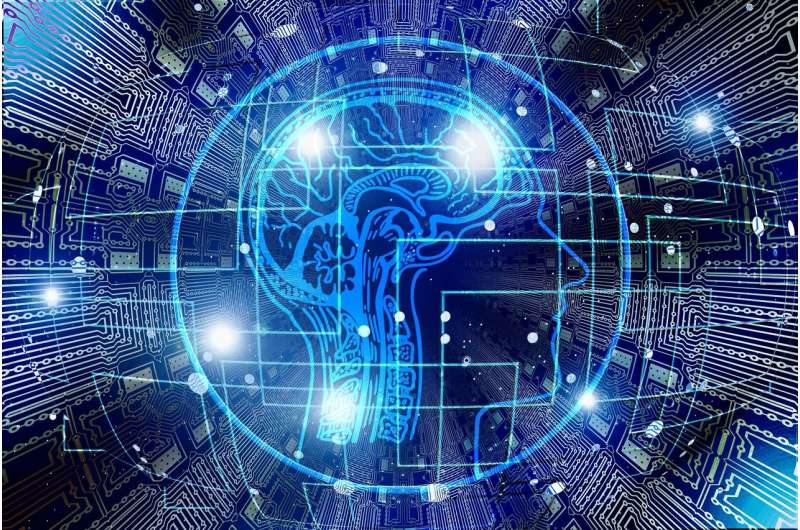Drug-loaded hydrogel microelectrode arrays significantly boost brain-computer interface performance, study finds

A research group led by Prof. Cai Xinxia from the Aerospace Information Research Institute (AIR) of the Chinese Academy of Sciences developed a novel drug-loaded hydrogel-coated microelectrode array (MEA), which allows for long-term, high-quality detection of neural activity. was published in Biosensors and Bioelectronics.
Traditional MEA often causes inflammation in the brain due to mechanical differences between the stiff electrode and the soft brain tissue. This can lead to glial scar formation that affects electrode stability and signal quality. This problem limits how well these devices can be used for long-term neural monitoring and treating neurological disorders.
To solve this problem, researchers designed a hydrogel coating using calcium alginate and chitosan, which is loaded with an anti-inflammatory drug called dexamethasone sodium phosphate. They then optimized MEA by integrating various conductive nanomaterials to enhance the electrical performance.
The hydrogel coating makes the electrode more compatible with brain tissue and actively releases the drug, reducing inflammation, and increasing the stability and lifespan of the electrodes.
Tests in animals showed that the modified MEA exhibited outstanding performance. The electrical properties were improved and more reliable over long periods of time. The electrodes were able to detect dopamine, an important neurotransmitter, with high sensitivity.
The modified MEA technology allowed for detailed recording of neural activities, revealing differences in how neurons behave during various states, such as anesthesia and wakefulness.
This new drug-loaded hydrogel, serving as a highly effective nanobiointerface and drug delivery carrier, shows great potential for long-term neural monitoring. It is expected to enhance the performance and acceptance of brain-computer interface devices in medical practice, and holds promise for neuroscience research and developing new treatments for neurological diseases.
More information: Yu Wang et al, Enhanced neural activity detection with microelectrode arrays modified by drug-loaded calcium alginate/chitosan hydrogel, Biosensors and Bioelectronics (2024).
Journal information: Biosensors and Bioelectronics
Provided by Chinese Academy of Sciences


















